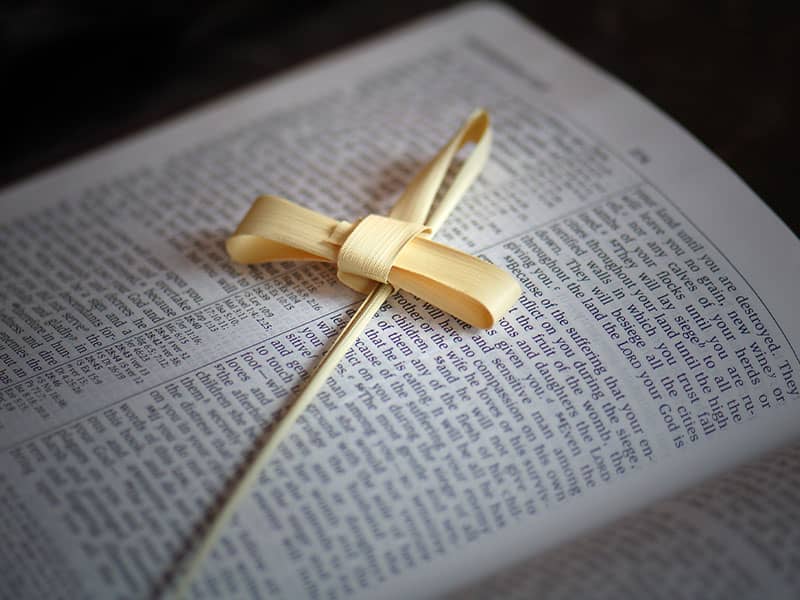2024-03-28
2024-03-28
More from beliefnet and our partners

